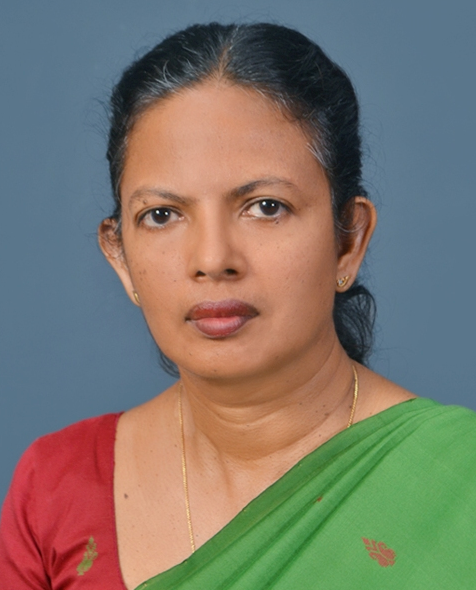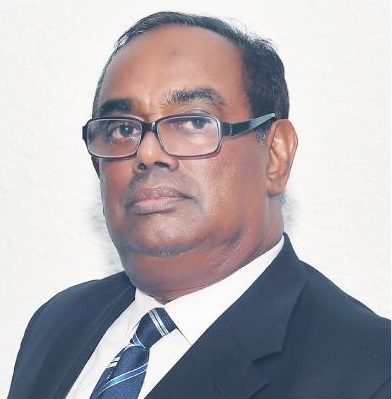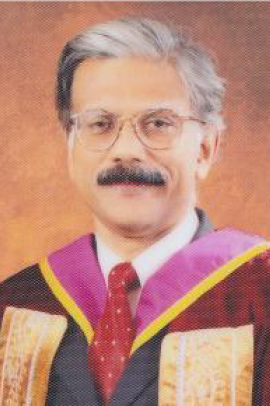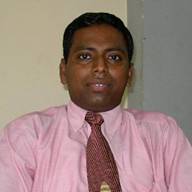A Brief History of the Institute of Technology University of Moratuwa

The Institute of Technology was established on 10th March 2000 by the Honourable Minister of Education and Higher Education primarily to conduct NDT and other similar level courses at the University of Moratuwa. But the history of the NDT programme dates back to the period of Ceylon Technical College Maradana established in 1893.The origin of the NDT programme had been at Maradana Technical College, as the Junior Technical Offices (JTO) course. The J.T.O course was later transferred to the Institute of Practical Technology (IPT) at Katubedda, when this institute was formed in 1960, with aid from the Government of Canada on a fifty acre block of land over-looking the Bolgoda Lake.
The primary aim of the IPT was to provide full time courses for architects, junior technical officers, surveyors & levellers and draughtsmen. This Institute also offered part time courses in engineering studies for those employed in the government and private sectors, and also prepared students for foreign professional examinations of the Institution of Engineers, UK and the Royal Institute of British Architects. The courses in architecture however, were later transferred to the University of Ceylon, Colombo when it established its own Department of Architecture.
The Institute of Practical Technology witnessed its first change of status, six years after its inception. The Government of Ceylon found that an effective system of specialized education and training capable of supplying the country with the necessary scientific and technical personnel was a prerequisite to achieve and sustain rapid development. It therefore appointed a Commission of Inquiry on Technical Education in 1961. As engineering education at a higher level was provided exclusively by the Faculty of Engineering of the University of Ceylon, Peradeniya, this Commission in its report of 1963, recommended the enhancement of facilities to professional engineering education. It was therefore decided to establish the Ceylon College of Technology at Katubedda, utilising the resources of the Institute of Practical Technology. Assistance for this project was provided by the United Nations Development Programme through UNESCO. The Ceylon College of Technology was thus begun with its new courses on a professional level in 1966. The Institute of Practical Technology continued in the same premises with its full-time courses, but was amalgamated with the Ceylon College of Technology. The year 1967 witnessed the introduction of the NDT programme that succeeded the JTO courses of study. The engineering degree and technician programme of the Ceylon College of Technology were designed to have an industrial bias with the inclusion of a compulsory period of in-plant training so that the College would produce an engineer or technician with practical training as an integral part of his study. Within the next six years of its existence, the Ceylon College of Technology earned University status.
Under the provisions of the University Act No 01 of 1972, the University of Ceylon was established on the 15th of February 1972, incorporating all the existing universities and the Ceylon College of Technology as campuses of a single university. The Ceylon College of Technology thus became the Katubedda Campus of the University of Ceylon. The Department of Architecture from the then University of Ceylon, Colombo campus and the Technical Teacher and Instructor Training Institute at Ratmalana established with aid from the International Labour Organization were transferred to this newly formed Katubedda campus. It began with just one faculty, that of Engineering and Architecture. The first President of the Campus was Dr. L. H. Sumanadasa who steered the progress of the Institution from its inception as Principal of the Institute of Practical Technology, and then as the Director, Ceylon College of Technology. Later he was appointed as the Vice Chancellor of the University of Ceylon.
When Ceylon subsequently became a Republic in 1972, the corporate name of the single university was changed to University of Sri Lanka. In the meantime, the departments of study at the Katubadde Campus were expanded and new courses of study at technician, undergraduate and post graduate levels were introduced. The School of Applied Science was established in 1974. The Sub department of Rubber Technology now titled Polymer Technology was established in 1976. The Department of Town and Country Planning and the Sub departments of Textile Technology and Marine Engineering were established later.
Further changes in the corporate structure and composition were effected by the Universities Act No.16 of 1978. Under the provisions of section 139(1) of this Act, the Katubedda Campus of the University of Sri Lanka acquired the status of an independent University with its present corporate name University of Moratuwa, Sri Lanka, with three faculties of study viz, the Faculty of Engineering, the Faculty of Architecture and Town & Country Planning and the Faculty of Physical and Applied Science. Later the Faculty of Physical and Applied Science was amalgamated with the Faculty of Engineering. In August 1983, the Technical Teacher unit was transferred to the Ministry of Higher Education to function as an independent institution within its own premises.
The Faculty of Information Technology was established in June 2001 to meet the escalating demand for IT professionals in Sri Lanka.
Past Directors
Institute of Technology University of Moratuwa
 PROF. (MRS.) I. J. DAYAWANSA (ACTING)
PROF. (MRS.) I. J. DAYAWANSA (ACTING)
Jul. 2000 – Nov. 2000
 DIP. ING. N. L. WANIGATHUNGA
DIP. ING. N. L. WANIGATHUNGA
Nov. 2000 – Jul. 2001
 DR. T. A. PIYASIRI
DR. T. A. PIYASIRI
Aug. 2001 – Dec. 2003
 DR. M. A. R. V. FERNANDO (ACTING)
DR. M. A. R. V. FERNANDO (ACTING)
Jan. 2004 – May 2004
 PROF. D. C. H. SENARATH (ACTING)
PROF. D. C. H. SENARATH (ACTING)
Apr. 2004 – Sep. 2004
 PROF. K. K. C. K. PERERA
PROF. K. K. C. K. PERERA
Sep. 2004 – Sep. 2007
 DR. T. A. G. GUNASEKARA
DR. T. A. G. GUNASEKARA
Sep. 2007 – Sep. 2013
 MRS. M. M. P. D. SAMARASEKERA
MRS. M. M. P. D. SAMARASEKERA
Sep. 2013 – May 2019
Past Competent Authorities
Institute of Technology University of Moratuwa
 Major General(Retired) S. K. Thirunavukarasu
Major General(Retired) S. K. Thirunavukarasu
May 2019 - Jan. 2020
 Dr. Sunil Jayantha Nawaratne
Dr. Sunil Jayantha Nawaratne
Jan. 2020 - June 2020
 PROF. S. M. A. Nanayakkara
PROF. S. M. A. Nanayakkara
June 2020 - Sep. 2020
 DR. C. S. Lewanagamage
DR. C. S. Lewanagamage
Sep. 2020 - Feb. 2021
